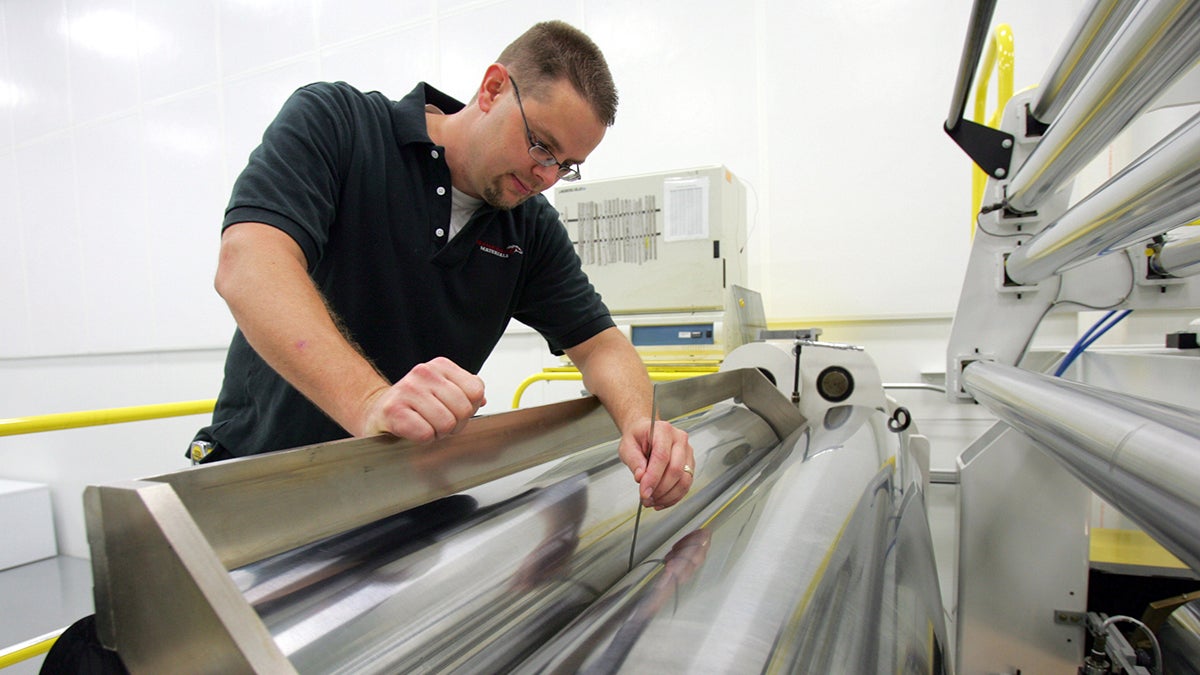U.S. Senator Bob Casey is in the zone

Funding for job training assistance is part of Senator Bob Casey’s proposed Community Economic Assistance Act. The bill would direct federal funds to help quickly stem local job loss. In this August 11
His first two bills of the 115th Congress focus on creating opportunity zones.
Sen. Bob Casey, D-Pa, has proposed two bills to help struggling communities deal with lost jobs or trying to create new ones. Both the Promise Zone Job Creation Act of 2017 and the Community Economic Assistance Act aim to respond to local need with a speedy infusion of federal support.
The Community Economic Assistance Act builds off a 1989 law. The Worker Adjustment and Retraining Notification Act required employers to alert employees if their jobs were about to disappear.
“A lot of communities experience devastating job loss because of a plant closing or a localized recession or some other economic calamity,” said Casey, citing the decline of the coal industry. “And they have very little direct help from the federal government.”
Casey’s proposed bill would bring communities affected by WARN under a new umbrella designation: Community Economic Assistance Zones. It would also expand the qualifications for becoming a zone. For example, if the Secretary of Labor determines that a community will be significantly impacted by trade changes, it could be designated a zone. Governors would designate new communities, within limits, to be approved by the Secretary of Labor. The federal government then pitches in for job training assistance, increased start-up help, and a pretty hefty bond issue to help communities raise money.
“What we’re trying to do with the Community Economic Assistance Act is not just to provide help, but to do it in the most expeditious and urgent fashion possible,” Casey said.
The second bill, the Promise Zone Job Creation Act, codifies the existing federal Promise Zone designation. The initiative was begun by President Obama in 2014. Instead of addressing an acute problem of job loss, Promise Zones try to revitalize high-poverty communities through job creation, improved educational opportunities, and reductions in violent crime, said Casey.
The bill would allow the Secretaries of Agriculture and Housing and Urban Development to nominate up to 40 Promise Zone communities by 2019. Twelve of those are to be rural areas.
Casey said partnerships are crucial because government alone can’t revitalize a community. In particular, the Community Economic Assistance Act would leverage local and regional resources, he said.
“We want to have the community involved in the short- and long-term, that’s why we require that the community outlines a strategic economic development plan that prioritizes their needs and their strategy,” said Casey.
When asked if the bill could pass in a Republican-dominated Congress, Casey said GOP candidates made significant economic promises on the campaign trail. Now, he said, they’ll have to deliver.
WHYY is your source for fact-based, in-depth journalism and information. As a nonprofit organization, we rely on financial support from readers like you. Please give today.


